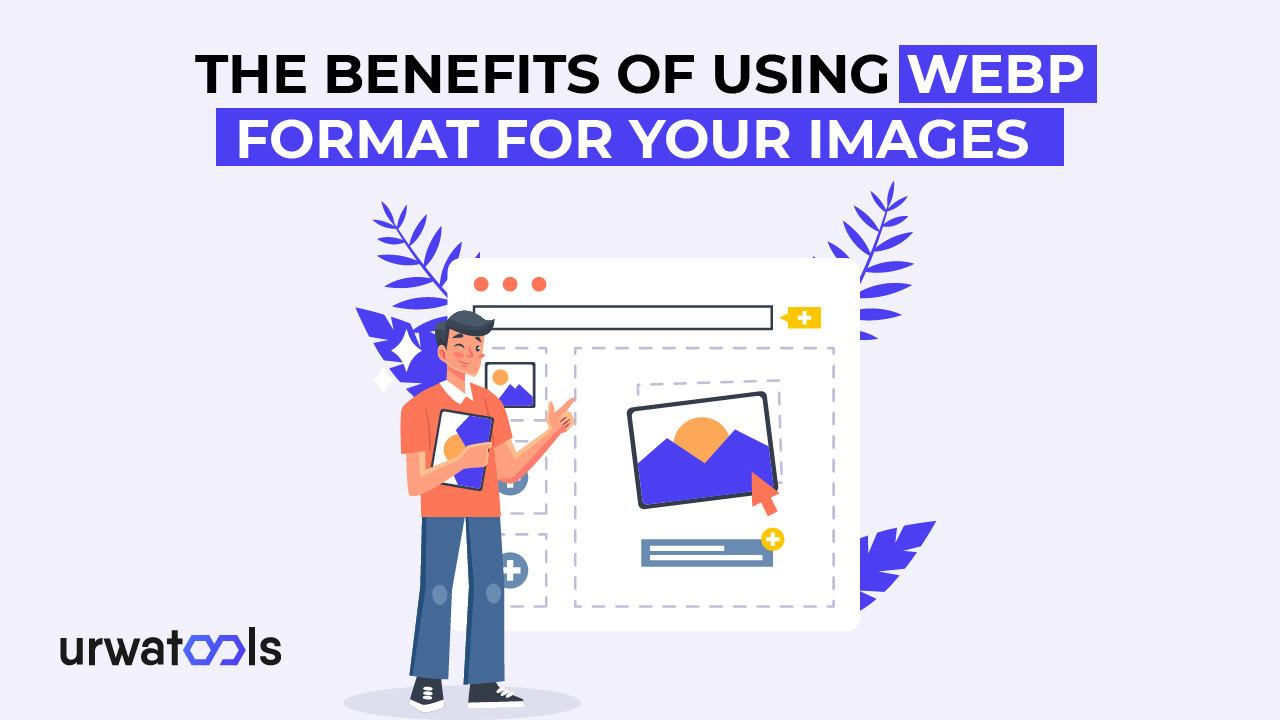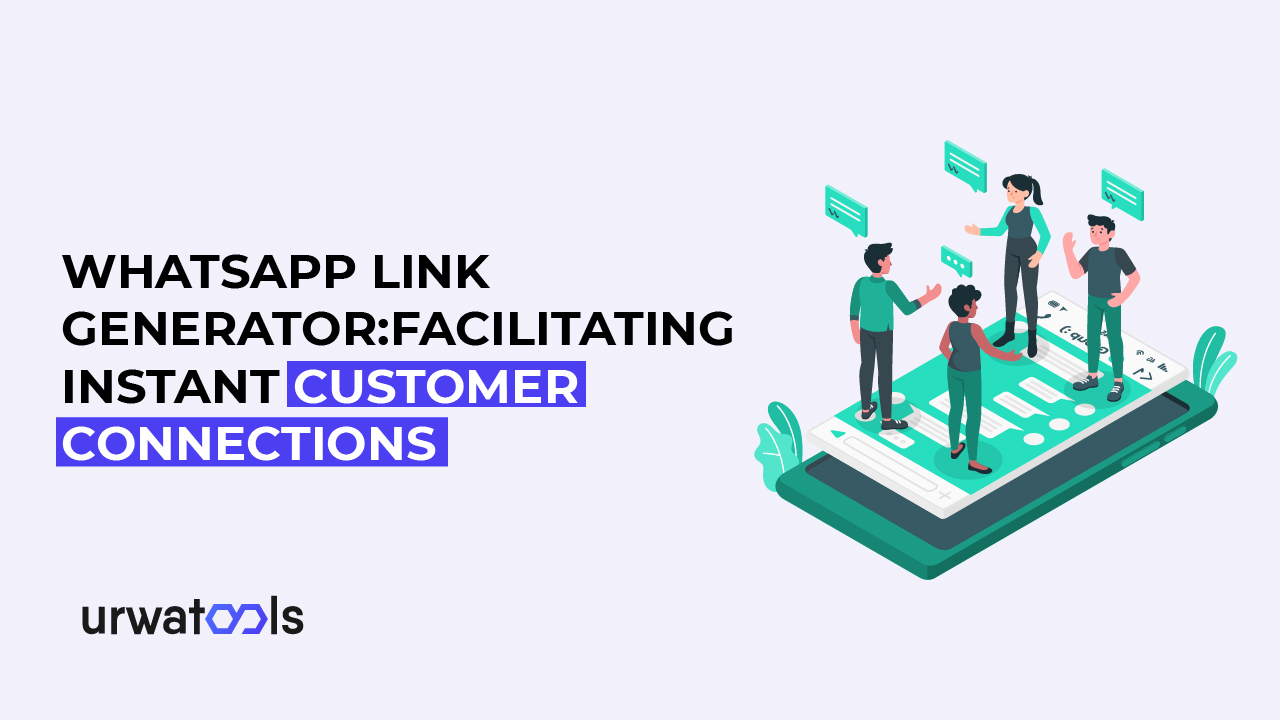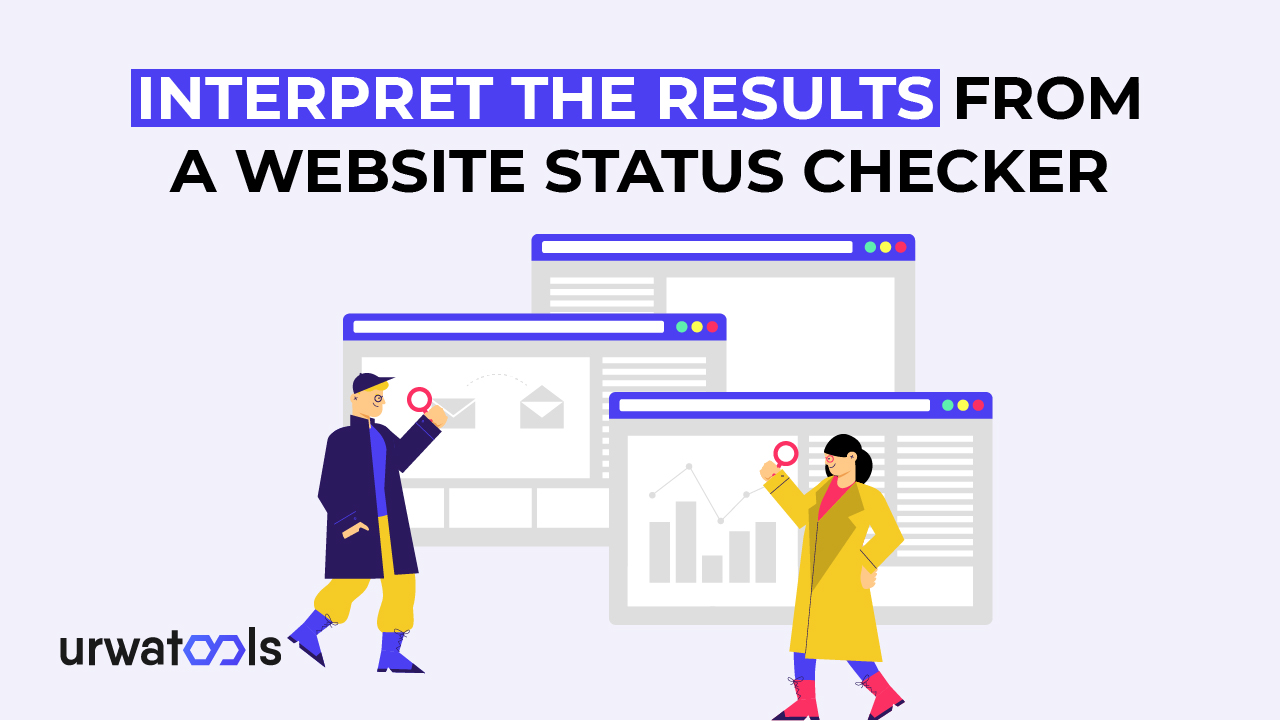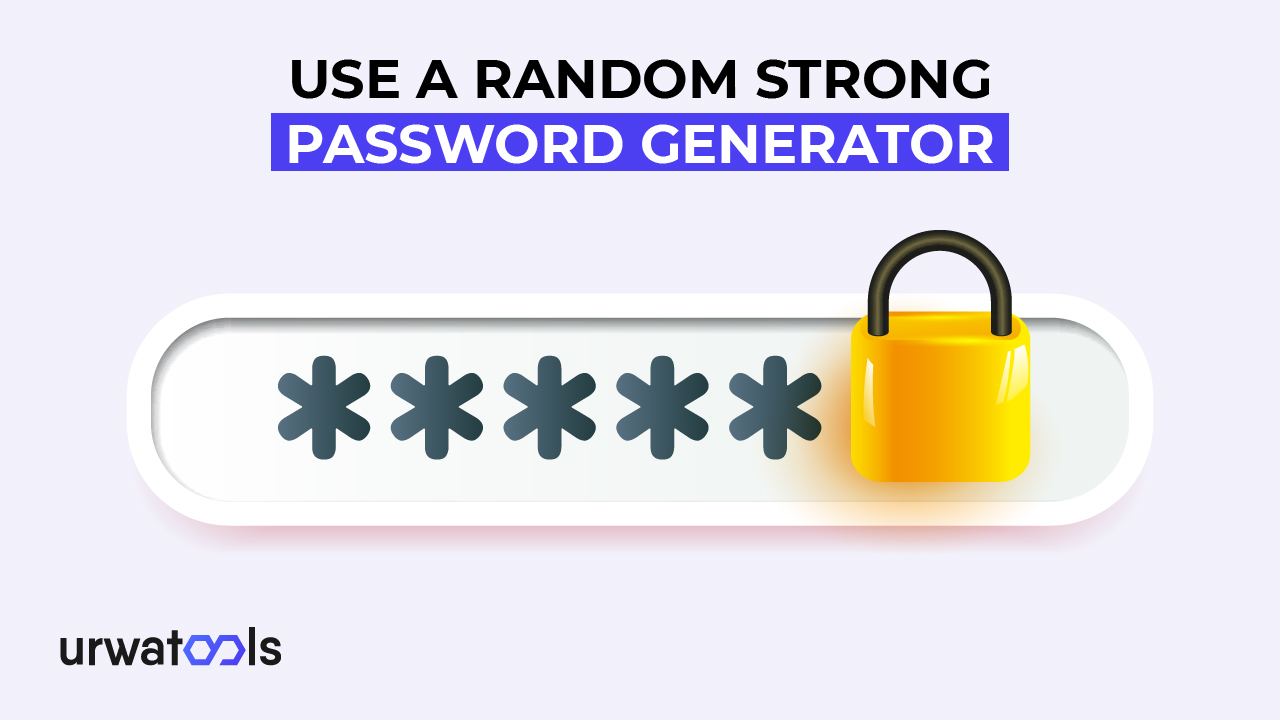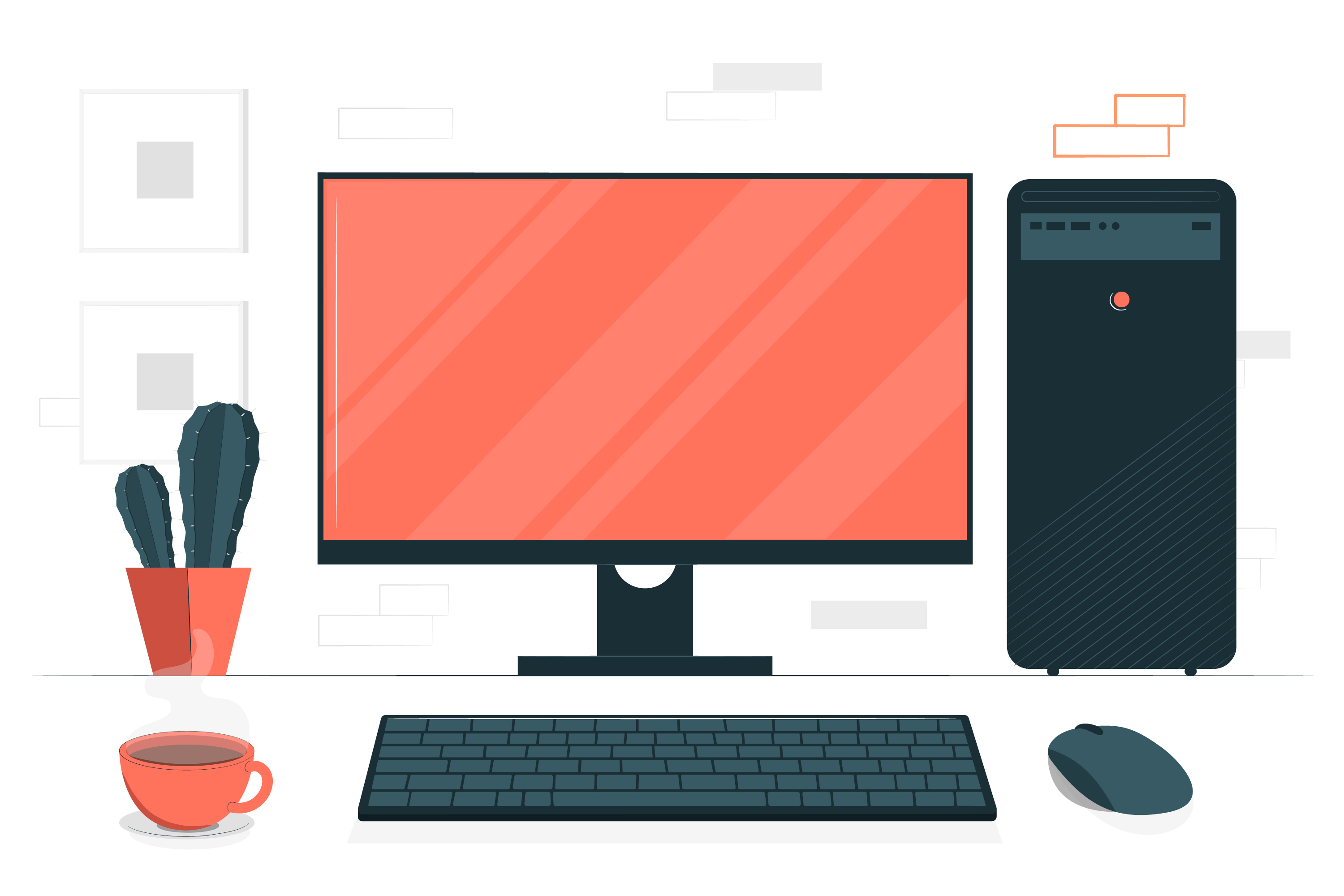Introduction
First impressions are of great importance in the digital world. A visitor expects a website fast loading and has a smooth browsing experience. While visually pleasing, images can significantly slow down a website because of their large file sizes. WebP format plays here. WebP is a cutting-edge picture format that provides enhanced image quality while lowering file sizes, resulting in quicker loading times and better website performance.
What is WebP?
WebP is a Google picture format that combines lossless and lossy compression methods. It employs powerful techniques to reduce photos without sacrificing quality. WebP files are substantially smaller than popular image formats such as JPEG and PNG, making them suitable for web use.
WebP Format Advantages
1. Improved image quality:
The most significant advantage of the WebP format is its ability to offer high-quality photos with reduced file sizes. WebP does this through powerful compression methods that maintain details while deleting extraneous material. Consequently, you may use aesthetically appealing photos on your website while maintaining quality.
2. Files with smaller file sizes:
The powerful compression algorithms used by the WebP format cut picture file sizes by up to 50% compared to other image formats. Smaller file sizes significantly influence page loading speeds, particularly those with sluggish internet connections or mobile devices. You may utilize WebP to ensure your website loads quickly, resulting in a better user experience and engagement.
3. Improved Website Loading Times:
Users expect rapid access to information in today's fast-paced digital environment. Slow-loading websites result in high bounce rates and missed opportunities. Using the WebP format for your photographs will greatly reduce website loading times. WebP pictures' smaller file sizes demand less bandwidth. They are loaded faster, resulting in a smoother browsing experience for your users.
4. SEO and WebP:
Search engine optimization (SEO) drives organic traffic to your website. While photographs enhance the aesthetic appeal of your site, they may also influence your SEO efforts. Using the WebP format can help your search engine results indirectly. The WebP format corresponds with search engine algorithms prioritizing fast-loading webpages by improving website speed and lowering loading times.
5. Browser compatibility and support:
Web browsers like Google, Mozilla Firefox, Microsoft Edge, and Opera support various web formats. However, compatibility with outdated browsers must be considered. You can provide fallback options that display alternate image formats for incompatible browsers to guarantee a consistent user experience.
6. Conversion and Application:
Converting your current photos to WebP format is easy. Various internet tools and software programs can perform bulk conversions, making transfers quick and easy. When your WebP photos are complete, you may use HTML elements or content management systems (CMS) that support WebP to embed them on your website.
7. Examples and Case Studies:
Many websites in many sectors have realized the benefits of the WebP format. Pinterest, eBay, and LinkedIn have effectively deployed WebP to improve website performance. These success examples demonstrate the WebP format's positive influence on loading speeds and user experience.
8. Mobile and WebP Optimisation:
Many individuals' primary methods of internet access are now mobile devices. WebP format is critical for mobile optimization since it reduces data use and ensures faster loading times on wireless networks. WebP is also compatible with Accelerated Mobile Pages (AMP), a technique that improves online surfing speed and performance.
9. User Experience and WebP:
Website owners should prioritize user experience. WebP format improves user experience by boosting website efficiency and loading times. Users can immediately reach the content they want with faster-loading photos, resulting in more engagement, longer visit durations, and improved conversions.
Tips for Using WebP Effectively
To maximize the WebP format's benefits, consider the following tips:
1. Use the correct picture compression algorithms to achieve the most efficient file size and image quality balance.
2. Optimize your WebP photos for various screen sizes to maintain consistent quality across devices.
3. Use slow loading strategies to prioritize visual material first and delay non-visible pictures.
4. Use content delivery networks (CDNs) to distribute your WebP pictures internationally, reducing loading times for users worldwide.
5. Monitor and evaluate your website's performance to find any areas for optimization or enhancement.
Potential Challenges and Considerations
While the WebP format has many advantages, examining potential drawbacks and restrictions is crucial. Some older web browsers may not support WebP, necessitating fallback alternatives. Furthermore, striking the correct balance between image quality and file size might be subjective, necessitating research and testing.
The future of WebP
WebP's Future The WebP format has grown in popularity since its inception and continues to expand. It is likely to grow even more popular in web development as it continues to evolve and gain wider acceptance. WebP may integrate updated features and optimizations as technology improves, boosting its benefits.
Conclusion
Website performance is crucial to attracting and maintaining users in today's digital world. Using the WebP format for your photographs may dramatically improve your website's speed by lowering file sizes and loading times. You can present aesthetically beautiful photos while delivering a flawless surfing experience for your consumers using WebP.
FAQs
1. What distinguishes WebP from other picture formats?
WebP is distinguished from other picture formats by its superior compression algorithms, which result in decreased file sizes without sacrificing image quality. WebP is appropriate for web use since it increases loading speeds and performance.
2. Does utilizing the WebP format degrade image quality?
No, the WebP format has no discernible effect on image quality. WebP compression algorithms maintain picture features while reducing extraneous data, resulting in aesthetically pleasing images with decreased file sizes.
3. How do I convert current photos to WebP format?
You may use numerous web tools or software apps to convert your photos to WebP format. This software also enables batch conversions, which makes the procedure more efficient and comfortable.
4. Is WebP supported by all web browsers?
While WebP is widely supported by web browsers such as Google Chrome, Mozilla Firefox, Microsoft Edge, and Opera, certain older browsers may not. Fallback options must be included to maintain a consistent user experience for the visitor.
5. Will utilizing WebP boost the search engine rankings of my website?
WebP format boosts search engine results indirectly by improving website speed and loading times. WebP is an effective solution for SEO since search engines like fast websites.

